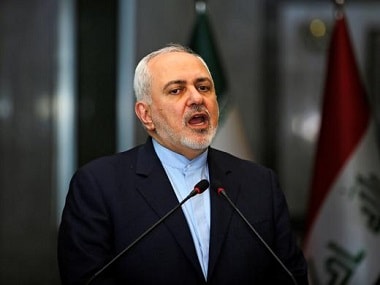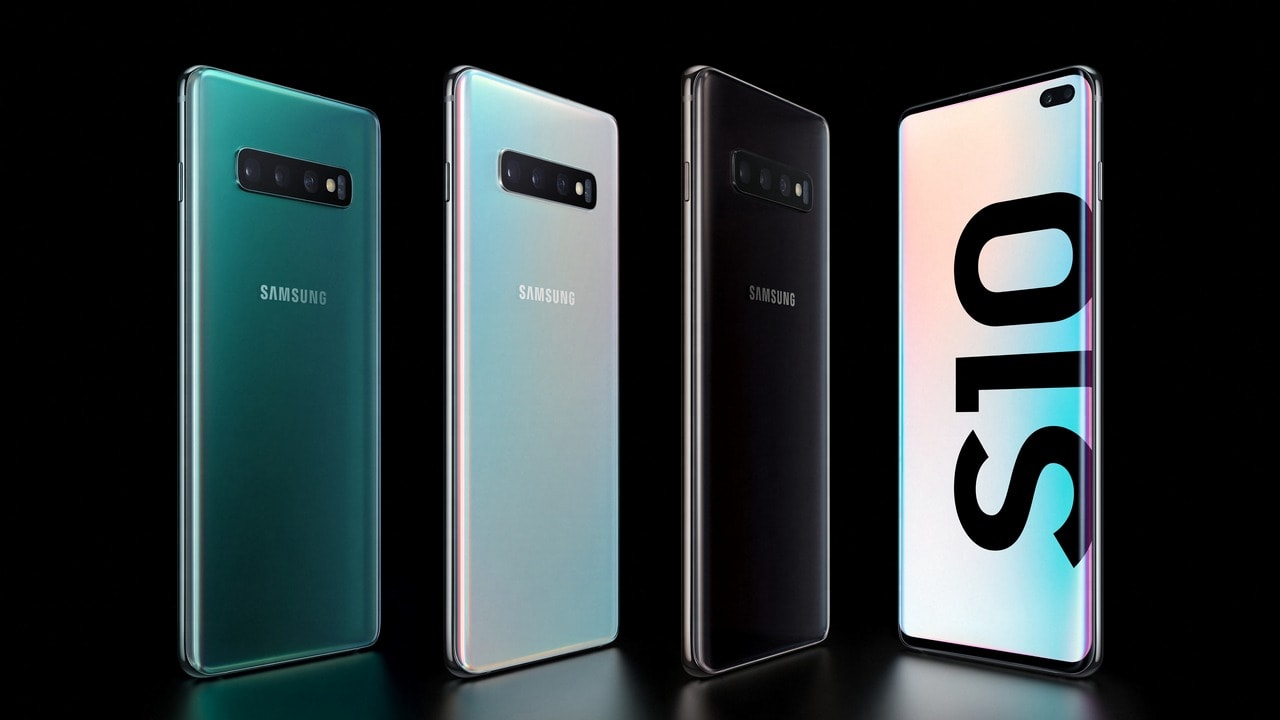Smartphone makers look to the mid-range market space to offer consumers excellent cost-to-performance devices
While flagship smartphones often tend to steal the limelight, large consumer markets like India and China look to the mid-range market space to offer consumers excellent cost-to-performance margins. 2019 certainly seems like the year of the mid-range smartphone. Here are four of the latest handsets that are great value for money buys in 2019.

Xiaomi claims that the Redmi Note 7 Pro powered by the Snapdragon 675 SoC offers a whopping 155 percent increase in performance over the Redmi Note 6 Pro. The dual AI-camera setup on the back of the phone features a 48-megapixel primary sensor and a 5-megapixel secondary sensor. The phone also uses AI to enable portrait mode selfies, face unlock and beauty mode on the 13-megapixel front camera. The Type-C port on the Note 7 Pro features Qualcomm Quick Charge 4 support.

The Vivo V15 Pro features the world’s first 32-megapixel pop-up front camera. The camera is equipped with AI Face Beauty, AI portrait composition, Bokeh mode, AI body shaping and more. The phone is powered by the Qualcomm Snapdragon 675AIE with 6GB RAM and boasts 128GB of expandable storage. The V15 Pro is engineered for amazing photography results with a triple rear camera setup compromising of 48 Million Quad Pixel Sensor (12 Million Effective Pixels), 8-megapixel AI super-wide-angle camera, 5-megapixel depth sensor and upgraded AI algorithms.

The Honor View20 packs all the power of Huawei’s top flagship smartphones in a mid-range price. The View 20 runs on the latest Kirin 980 chipset based on the 7-nm architecture for better performance and power-efficiency. Honor claims the View20’s 4000 mAh battery capacity is capable of offering a day and a half of uptime on a full charge. Super Charger 5V 4A gives you up to a day’s charge in 30 minutes. The View20 offers a 91.8 screen-to-body ratio with the 25-megapixel front AI camera hidden away in the screen. Dual-NPU and dual-ISP further enhance the 48-megapixel AI camera's capabilities. The secondary AI Time-of-Flight rear camera can recognise over 1,500 scenarios in more than 60 categories.
















































